Part 2, ctd: Weight and measure
Here's a rundown of weight and measure. Length taken by digital caliper accurate to 0.00mm / 0.000in. Weight taken by digital kitchen food scale to whole gram and 0.0oz. Consider all measurements amateur, although these seem consistent with other measurements recorded in various reviews. Neither lamy.com nor lamyusa.com list weight and measure on the Lamy 2000 product pages.
Lamy 2000 standard edition fountain pen, purchased new July 2012
- Length capped: 138.5mm / 5.45in
- Length uncapped: 123.9mm / 4.875in
- Length posted: 153.45mm / 6.04in
- Total pen weight: 25g / 0.9oz
- Body weight: 17g / 0.6oz
- Cap weight: 9g / 0.3oz
Lamy Edition 2000 (millennium stainless steel)
- Length capped: 138.5mm / 5.45in
- Length uncapped: 123.9mm / 4.875in
- Length posted: I don't post this pen!
- Total pen weight: 43g / 1.5oz
- Body weight: 26g / 0.9oz (same as standard edition whole pen weight)
- Cap weight: 18g / 0.6oz (same as standard edition uncapped body weight)
Lamy 2000 stainless steel edition (2012), purchased new July 2012
- Length capped: 138.5mm / 5.45in
- Length uncapped: 123.9mm / 4.875in
- Length posted: I don't post this pen!
- Total pen weight: 54g / 1.9oz (more than double whole standard edition pen weight)
- Body weight: 34g / 1.2oz
- Cap weight: 20g / 0.7oz (almost the same as the standard edition whole pen weight)
And because numbers alone don't say much, here is the Lamy 2000 next to a few of my favorite Lamy pens…

Lamy 2000 size comparison, capped. L to R: Lamy 2000, Lamy Studio, Lamy Safari, and Lamy Al-Star.

Lamy 2000 size comparison, uncapped.

Lamy 2000 size comparison, posted.
…and other comparable pens.
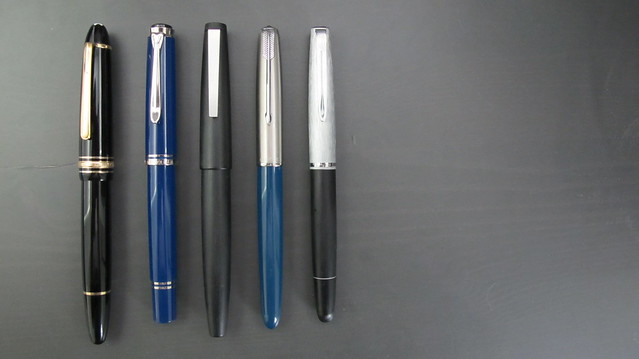
Lamy 2000 size comparison, capped. L to R: Montblanc 146, Pelikan M605, Lamy 2000, Parker "51" Aero, Aurora 88 Archivi Storici 022.

Lamy 2000 size comparison, uncapped.

Lamy 2000 size comparison, posted.
Lamy 2000 in production
I did some back of the envelope mathematics to come to a circumspect estimate of the time it takes to produce a Lamy 2000, from raw material to store-ready final product: ~6m 11s. This takes great liberties, of course: not every Lamy pen is as complicated to produce as the Lamy 2000, a single employee does not participate in every step of the production and assembly process, and we do not know the labor conditions of the factory or the work habits of the shift crews.
- Lamy states that 100% of their pens are produced in Germany and 97% of their components are produced in-house in Heidleberg. This includes production of all nibs, injection molded plastic components, barrels, and clips. (source)
- Lamy states that 370 people are employed by the firm and 2/3 work in production, or ~247 employees work in production (source). If we assume that Lamy runs three eight-hour shifts a day, 365 days a year, that averages to 82.3 employees per shift.
- Lamy produces ~7m writing instruments annually (source), or ~19,178.08 pens a day, or ~6,392.694 pens per shift.
- 6,392.69 pens per shift, made by 82.3 employees per shift, comes out to ~77.675 pens produced per person per shift. In an eight-hour (480 minute) shift, that means each pen takes roughly six minutes eleven seconds to produce.
~7,000,000 pens per yr ÷ 365 days a year = 19,178.08 pens per day
19,178.08 pens per day ÷ 3 shifts = 6,392.694 pens per shift
370 employees * 2/3 in production = 247 in production, ÷ 3 shifts = ~82.3 employees per shift
6,392.694 pens per shift ÷ 480 minutes per shift ÷ 82.3 employees per shift = 00:06:11 per pen per employee per shift.
Here's a simplified version of what's involved in the production of the Lamy 2000 in those six minutes:
- "Raw" Makrolon is machined into component parts: piston knob, pen barrel, section ring, cap, and cap top stud.
- Inner cap components are produced and fitted together.
- Stainless steel clip is cast; spring is loaded into clip housing, inner cap components are inserted in cap, and cap stud is screwed in place for final cap assembly.
- 14k gold nib is pressed and formed, tipped, nib slit is cut, ink feed is injection molded, nib is fitted on feed, and o-ring seal is placed on feed.
- Stainless steel front section is machined. Nib assembly is fitted into front section. Cap clutch ring is fitted in place, and front section is screwed to pen body.
- Piston mechanism components are produced and fitted together. Piston head and chamber walls are lubricated. Piston is fitted in to pen body.
- Pen receives hand-polished brushed Makrolon treatment.
- Pen goes through quality control to be inked, nib is tested and smoothed, ink is emptied.
- Pen is loaded into a plastic sleeve pouch and placed in presentation box, presentation box is placed in an outer cardboard sleeve and labeled with production sticker, and the final pen is conveyed to warehouse for distribution.
Given the amount of complexity and hand-finishing required in the product of the Lamy 2000, it is a wonder that there are not more quality control issues. Here's a video that shows the production process of an Aurora. Not the same as our Lamy 2000, but too good to pass up...

This work is licensed under a Creative Commons Attribution-NonCommercial-ShareAlike 3.0 Unported License by Brandon Hollingshead, August 2012, for The Fountain Pen Network and is reproduced here with permission of the author. This license extends to all text, images, and videos associated with this work.



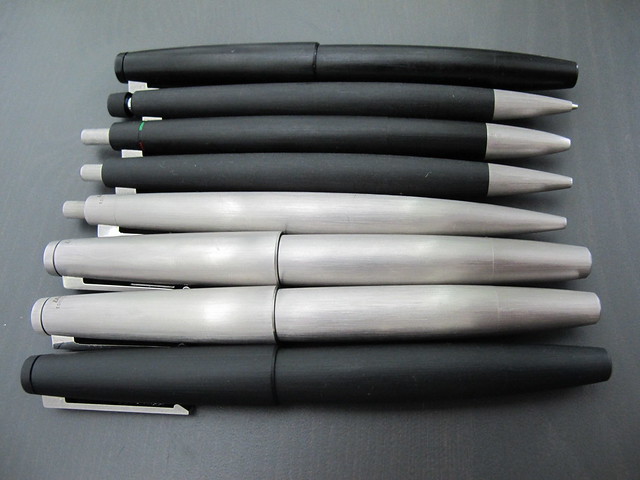
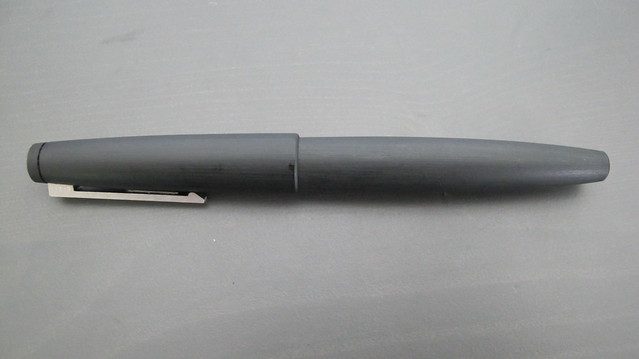


 Reply With Quote
Reply With Quote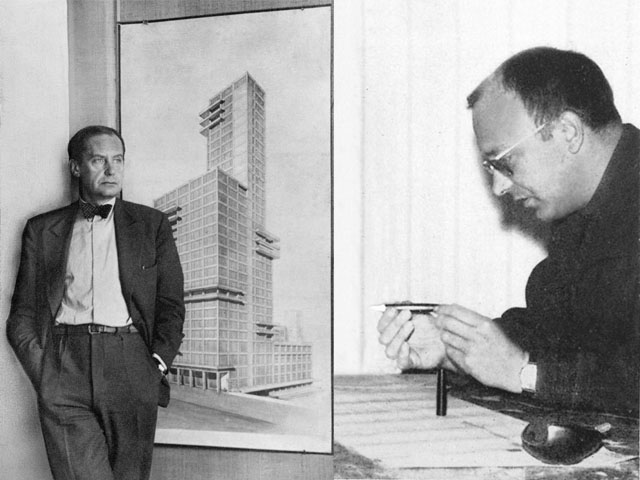



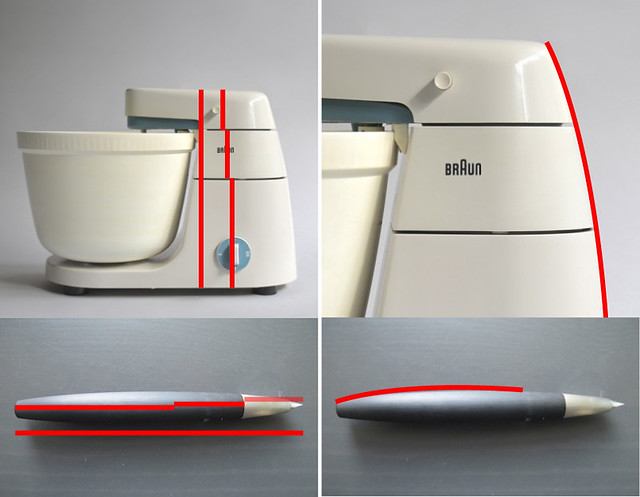





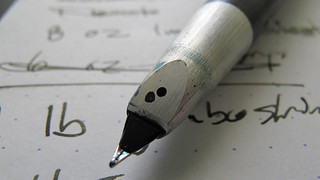
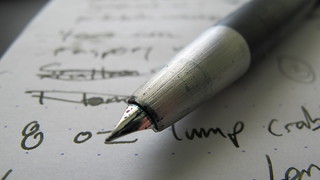
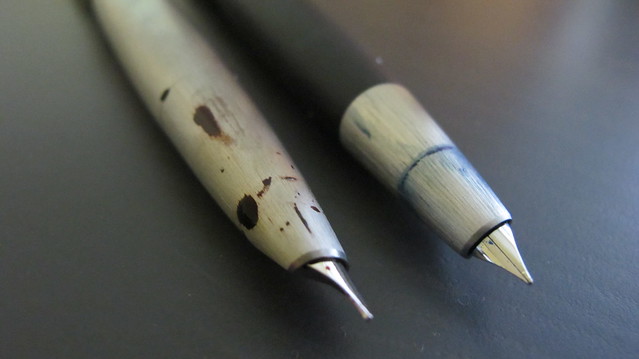
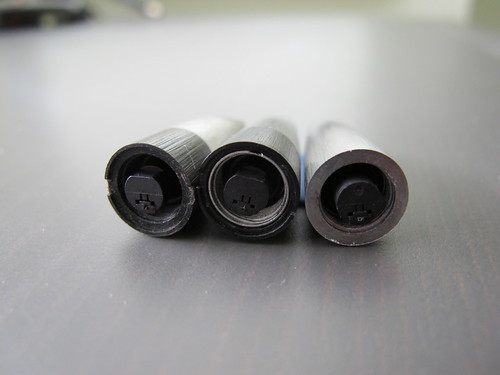


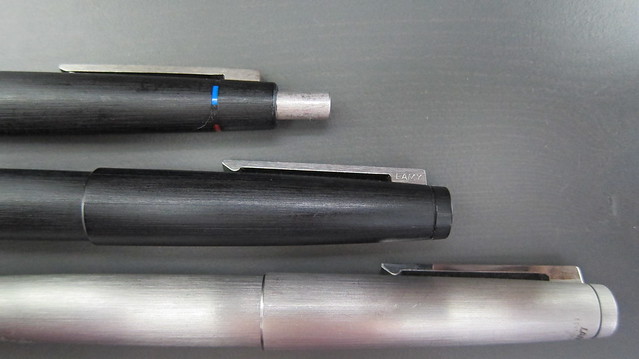

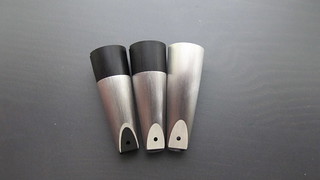
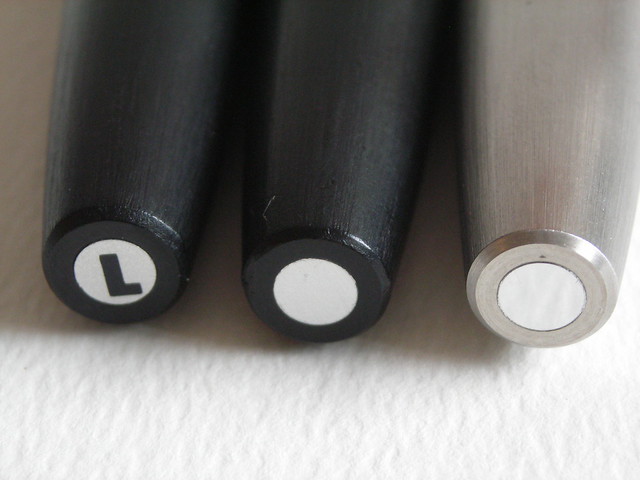






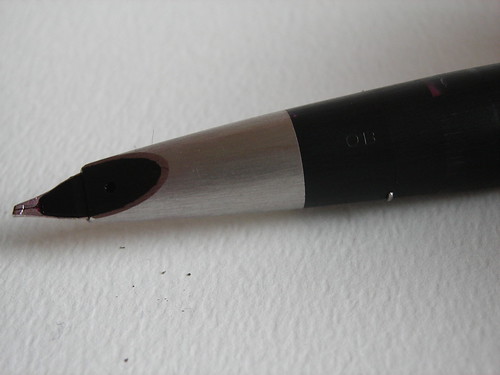
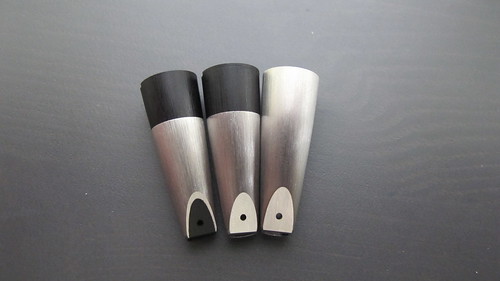



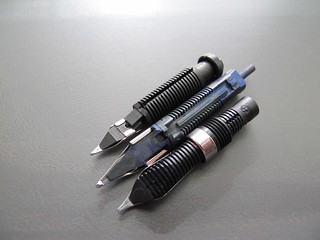




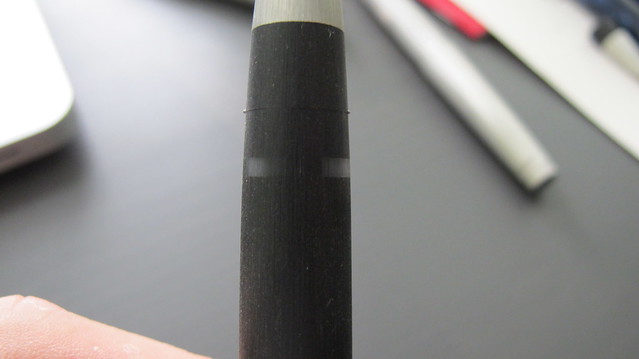





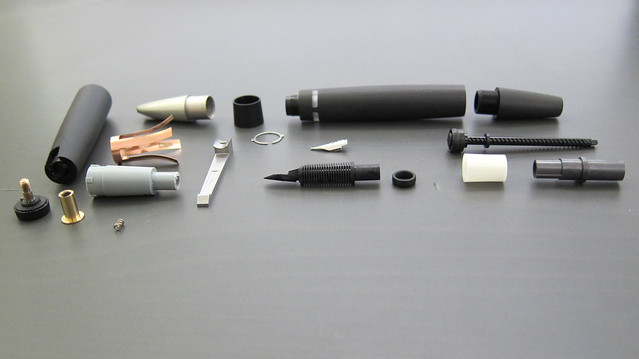


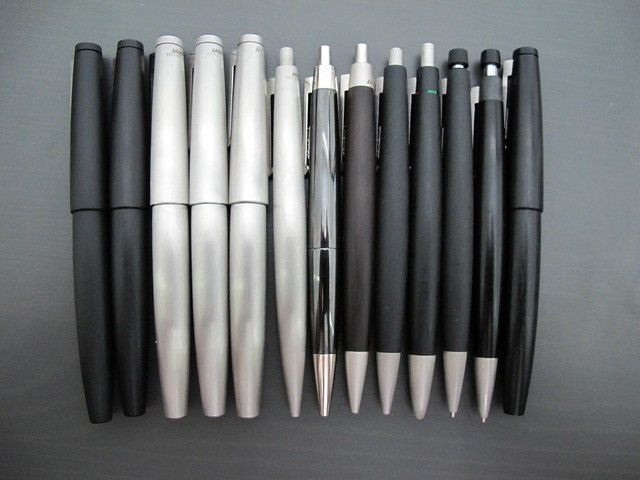
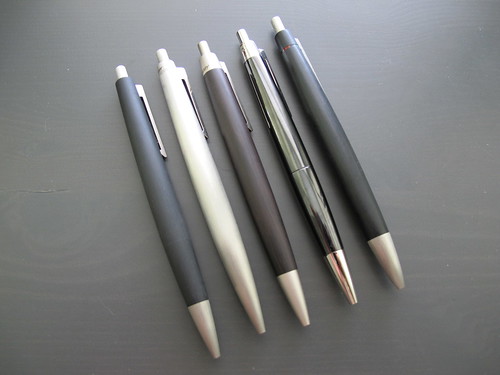


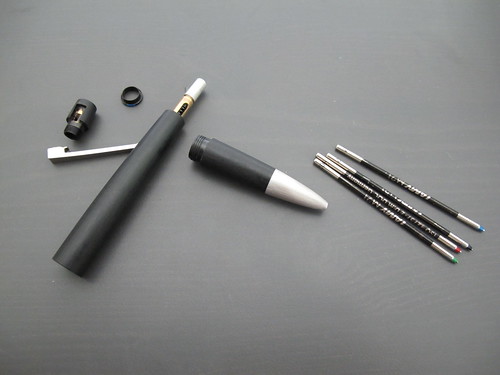

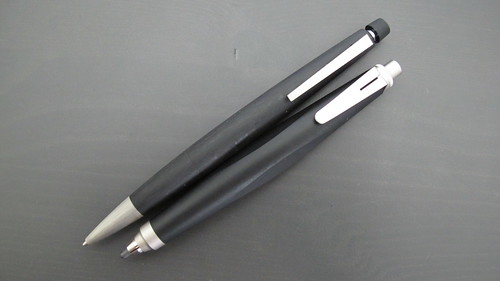
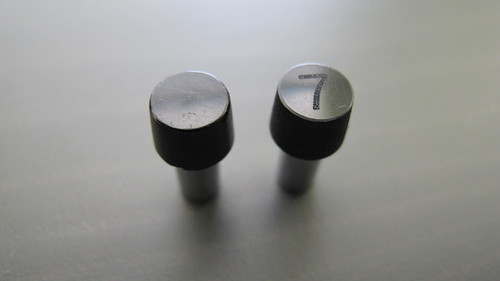

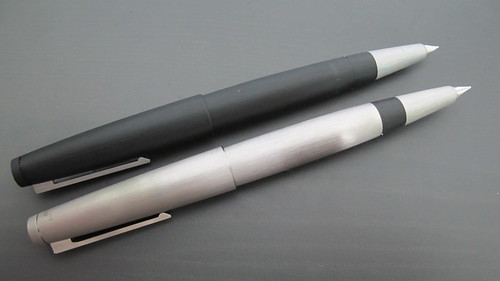


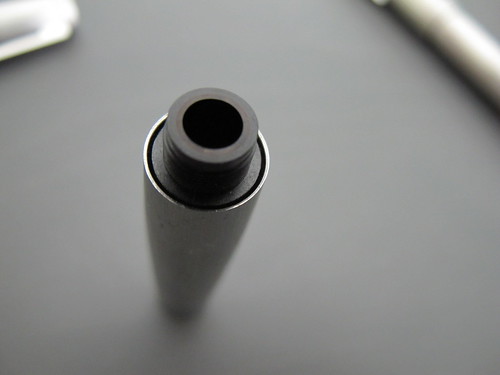

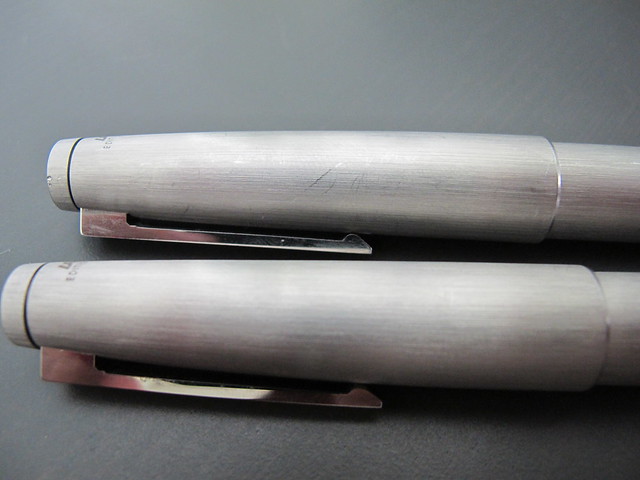


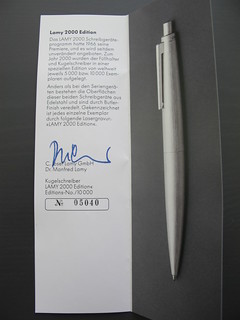
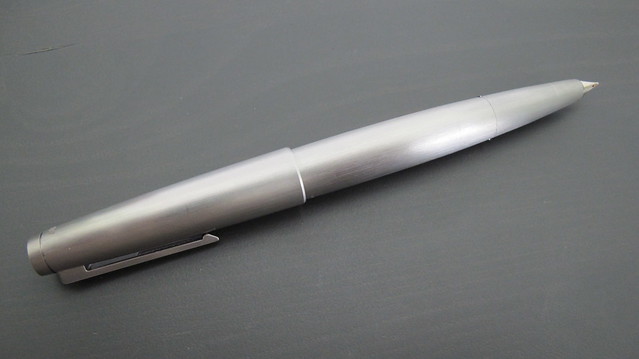

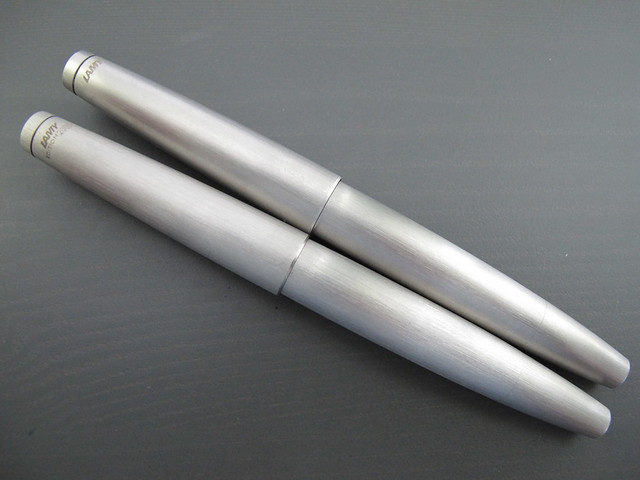
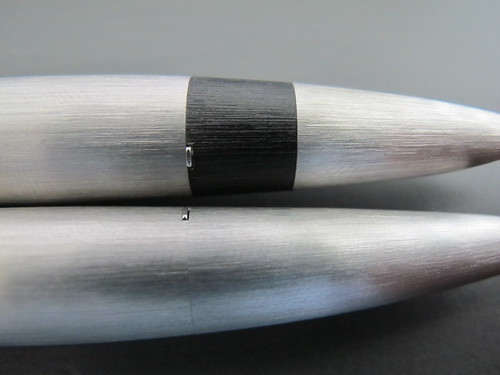
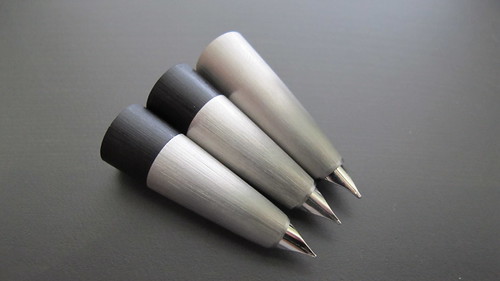
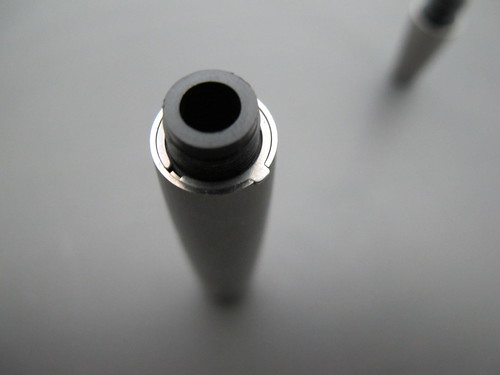




Bookmarks